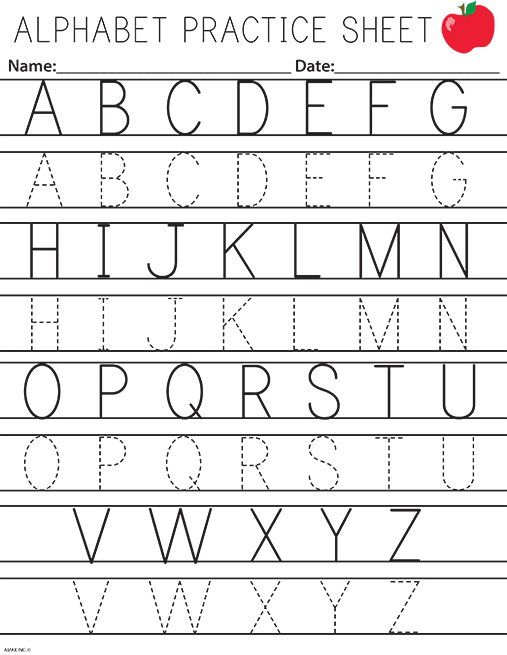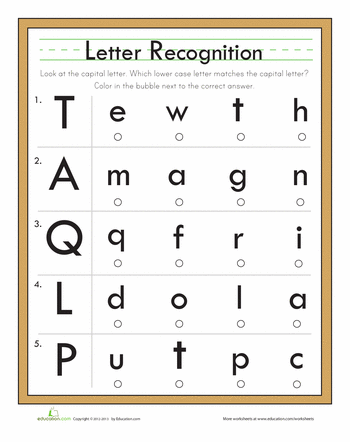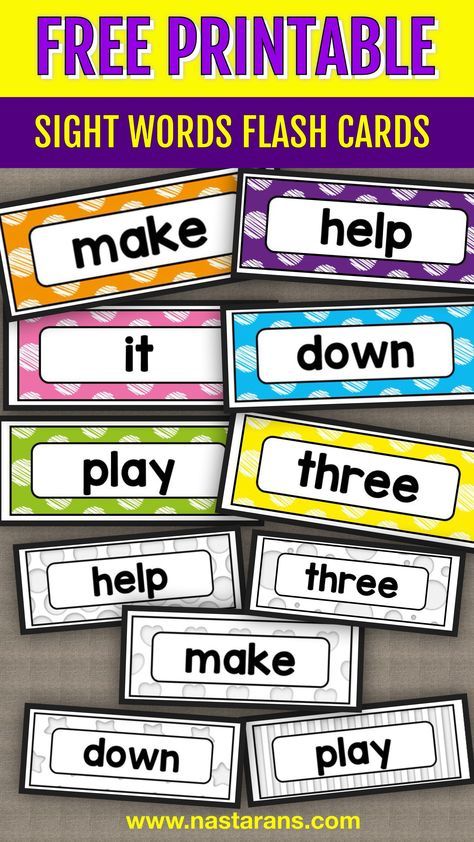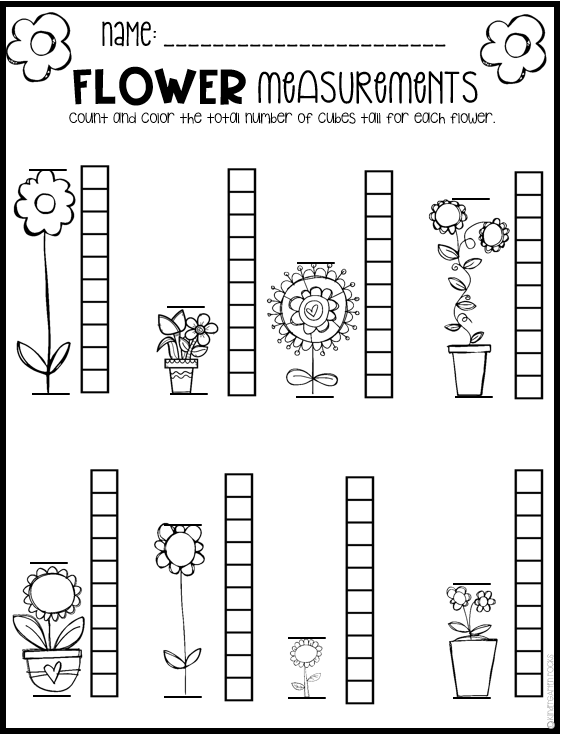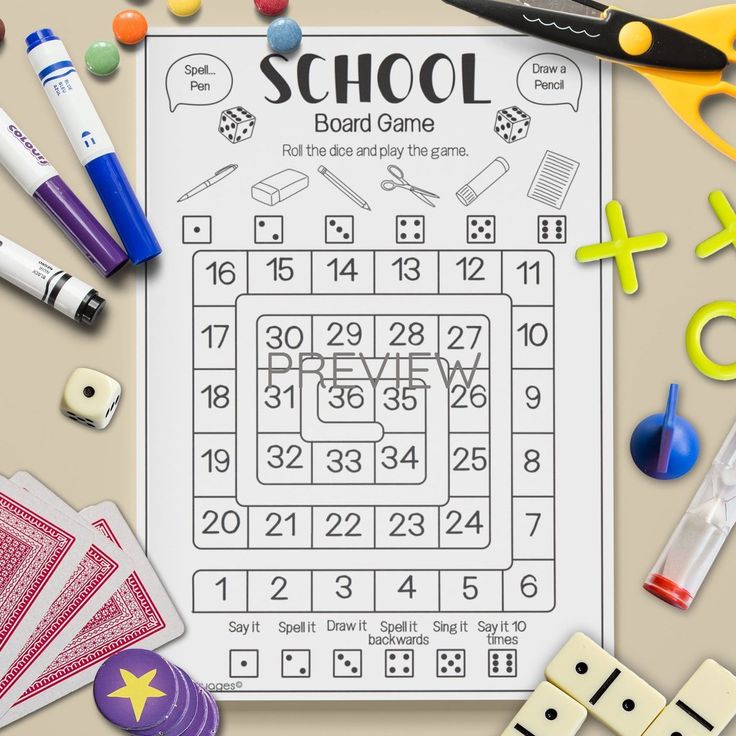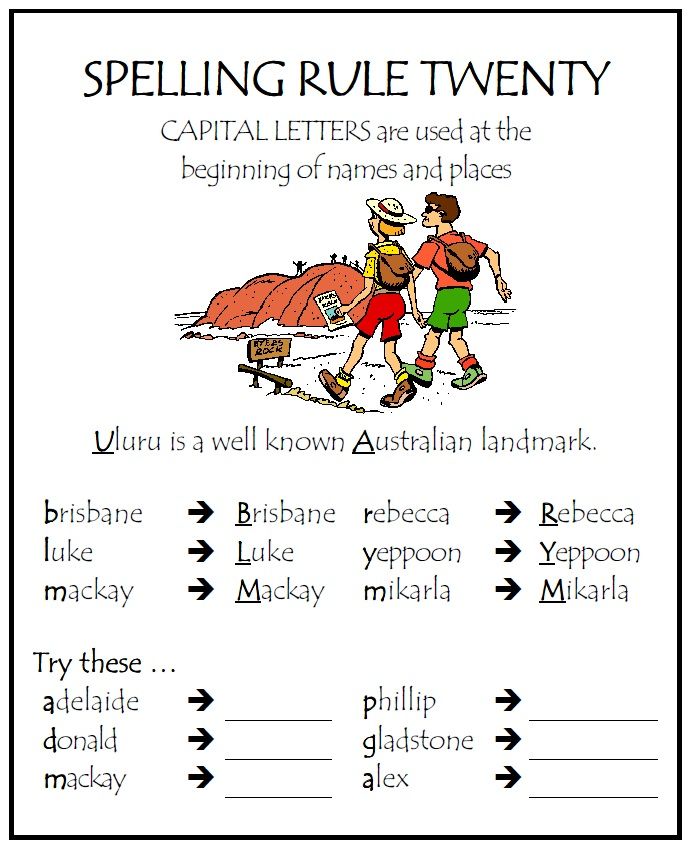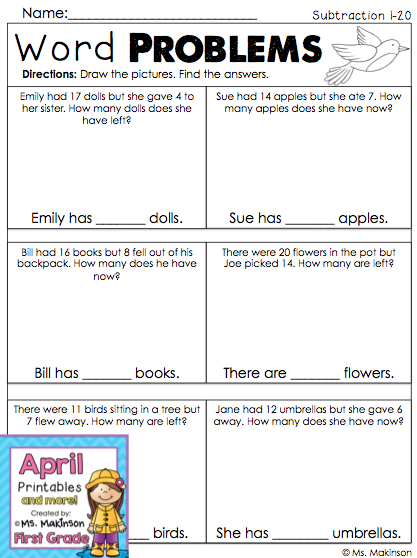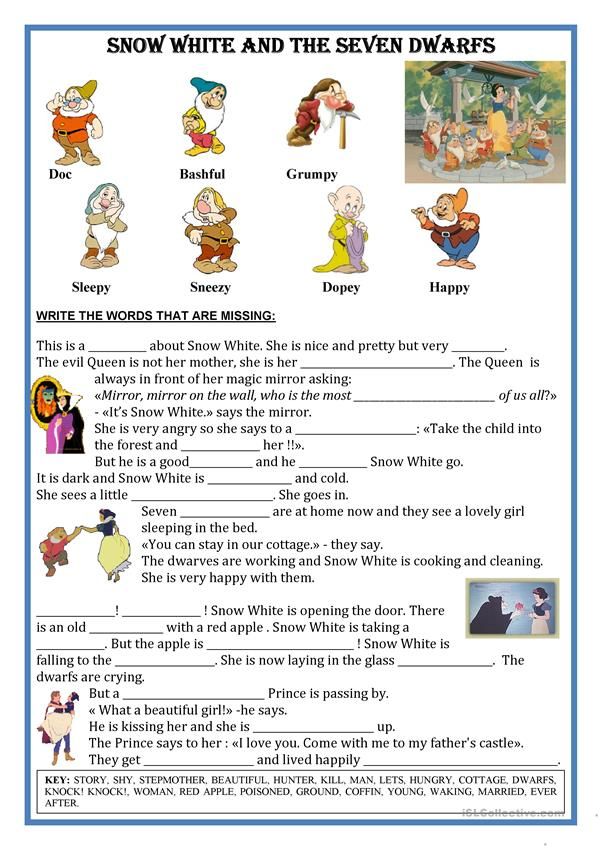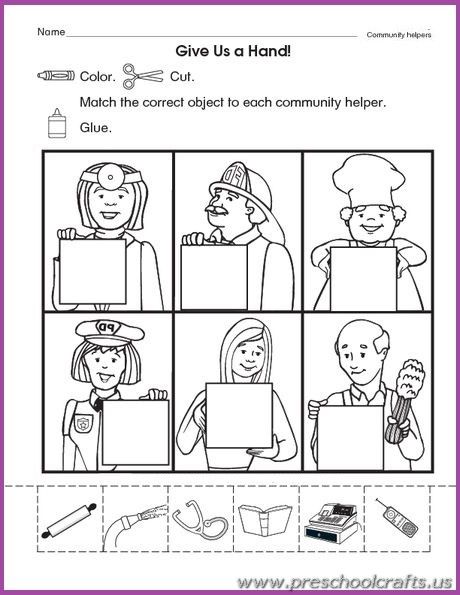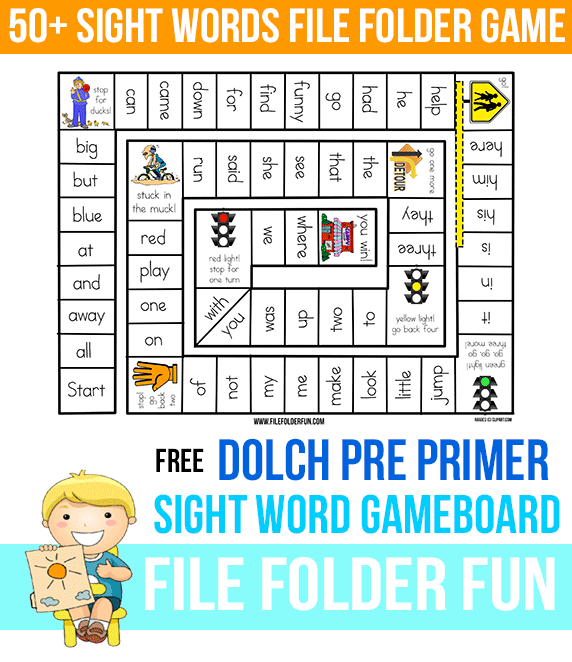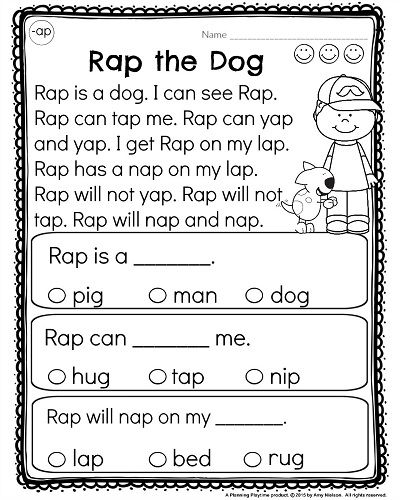Learn writing alphabet
5 Tips on Learning New Letters
Learning a new alphabet, syllabic system, or writing system can be very difficult. The level of difficulty depends on how complex the writing system is that you are trying to learn.
Learning to write in English is not terribly difficult for those who speak languages that use Latin letters (aka ABCs).
But to learn to write in a language that is completely different from your own – such as Chinese, Japanese, Hindi, Arabic, or Hebrew – is a very different matter and requires attention, time, and patience. In this article we’ll walk you through some simple steps you can take to learn the alphabet faster.
The tips are listed below that can help you to learn both the alphabet of a new language and how to write in that language.
1. Don’t Learn the Entire Alphabet all at OnceYou’re not going to learn all the letters of the alphabet in one go: each has their own letter sounds, letter names, uppercase and lowercase letters. The easier way is to divide the alphabet into several sections and try to learn just a few letters at a time. Don’t try to memorize the entire alphabet all at once.
Pay special attention to letters that look similar to letters you know but that have a different sound.
2. Associate Unfamiliar Letters with Things that You KnowLetter recognition can be difficult as first, so try to associate letters with things you know; some letters may look like letters in your alphabet, or they may look like numbers. Others may remind you of things, animals, or people: try to do this in a fun way that’s memorable!
Books that teach children to read using this method, so it would be very beneficial to use it in reaching your goal of learning a new language.
We have online tutors in more than 50 languages.
Preply is one of the leading educational platforms that provide 1-on-1 lessons with certified tutors via the exclusive video chat.
- Find my online tutor now
 “Practice Makes Perfect”
“Practice Makes Perfect”Practice your writing skills as much as possible using alphabet activities and flashcards. Look up lesson plans and see how teachers help students learn the alphabet. Learn the standard way of writing letters – that is, learn the shapes, forms, and order of strokes when writing each letter, both capital letters and lower case. This will help you to learn the alphabet more quickly and write the letters properly. Write the letters as much as you can.
If you can, attend calligraphy classes. This will be especially helpful if you are learning Chinese or Japanese. A calligraphy course will help you to improve your handwriting and understand the handwriting of others.
4. Transliteration, or Writing Foreign Words in Your Own AlphabetPractice writing letters or words of the new language using your own alphabet. Then reverse the process, and try to transliterate the words you have written using the new alphabet.
You can also practice your writing skills by keeping a daily journal or exchanging letters with friends who know the language.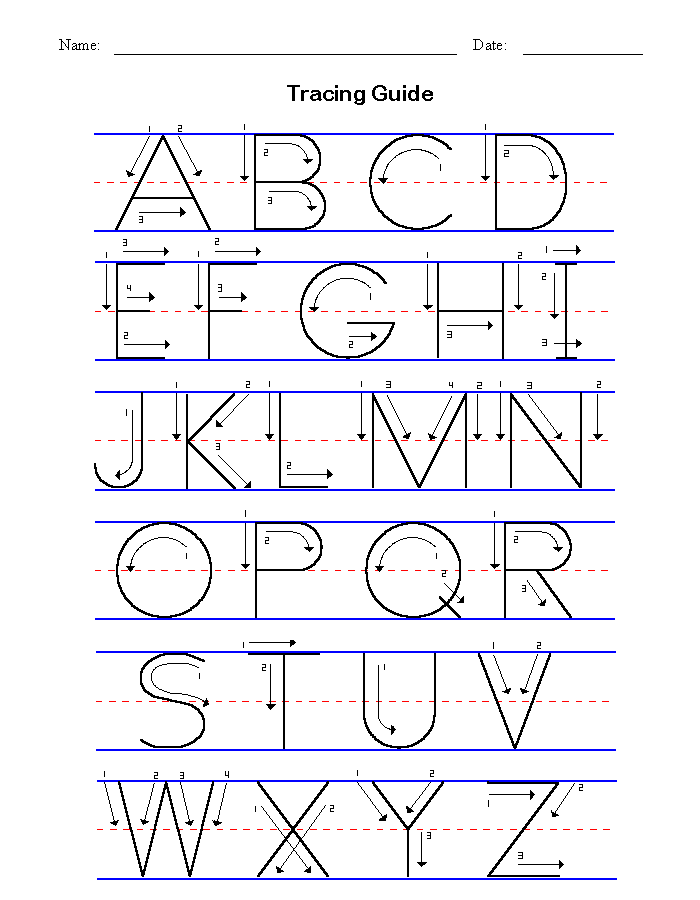
You can find friends to write to who are also interested in learning a language and helping others to learn their native language on mylanguageexchange.com.
5. ReadingA huge part of learning letters and familiarizing yourself with a language is learning how to read, so try to read simple texts in the language you are learning as often as possible. Even if you don’t know all of the letters or symbols, you can still learn new words, and you can try to guess the meaning of the rest.
Look for the names of places or people that you know as well as words that are shared between your language and the one you are learning. They can be relatively easy to understand.
Prepare to speak confidently
Improve your language skills with the latest articles, delivered weekly.
You’ll probably discover that when you first start, you’ll have to pronounce each letter separately before you can pronounce entire words. In time, you’ll begin to recognize the words themselves, and you’ll need to sound each letter only when you get to unfamiliar words.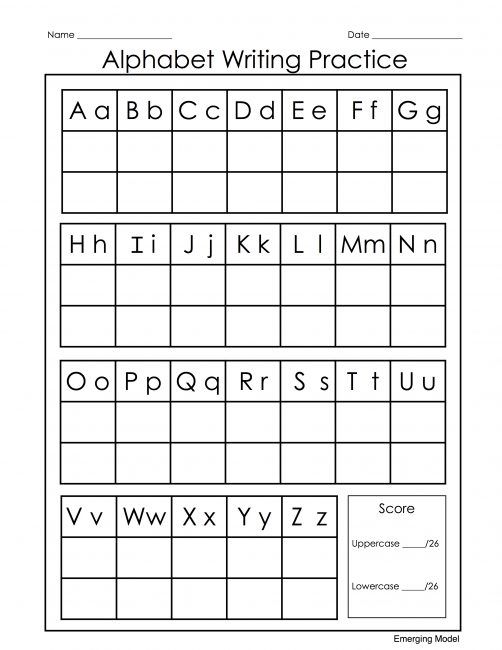
This is probably the method you used when you learned to read in your own language.
Label the objects around you (at home or at work) with words from the new language along with the words from your native language. This will help you to quickly learn the letters of the new alphabet as well as new words.
Try reading everything you see out loud. There are many online newspapers and magazines in different languages.
If you have a friend or acquaintance whose native language is the one you’re learning and is willing to help you, ask him to read aloud to you. When you are trying to read yourself, ask your friend to listen and correct you when you make mistakes.
Be prepared for painstaking work. Also, be patient and remember that, while tutors and native-speaking friends can help, only you can learn the language.
Good luck!
5 Ways to Teach the Alphabet
Disclosure: This post contains affiliate links to Amazon. See my disclosure for details.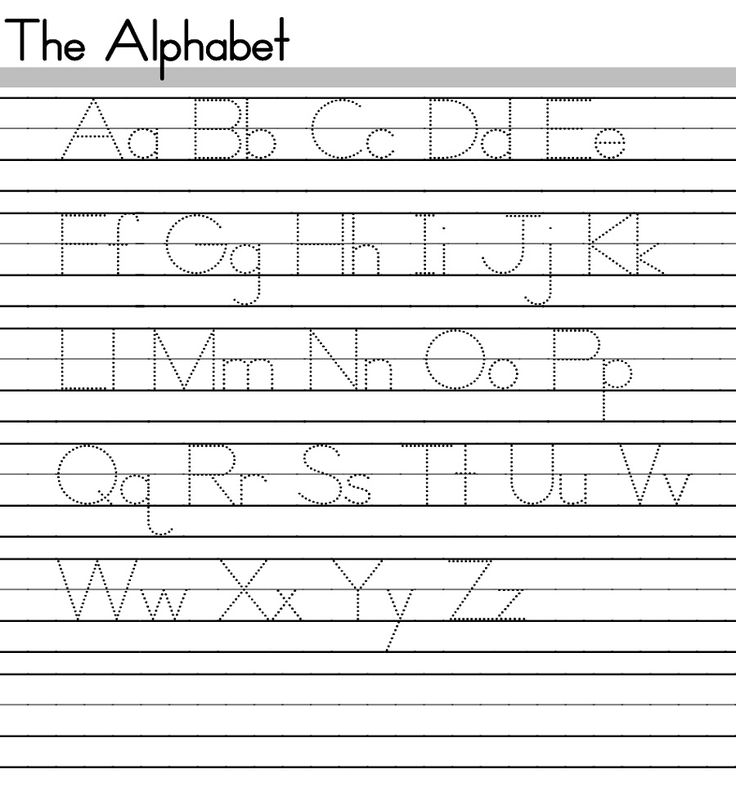
Teaching the alphabet is foundational for reading and writing. Around the age of 2, children begin showing interest in learning alphabet letters. While some kids learn letters very quickly, others need more repetition and time to learn letters. Today I’m going to share with you some of my favorite ways to teach the alphabet to little ones.
Here’s what a preschooler should know before kindergarten:
- Recite/sing the alphabet
- Identify uppercase letters
- Identify lowercase letters
- Match uppercase letters to lowercase letters
- Identify the sounds each letter makes
- Traces letters
- Write some alphabet letters
Here are my five favorite ways to teach the alphabet to children.
1. Read Alphabet Books
Read all sorts of alphabet books to your children, even starting as babies. The repetition will really help your child learn the alphabet at a young age. When my oldest was born, I was surprised at how many alphabet books we had been given as gifts.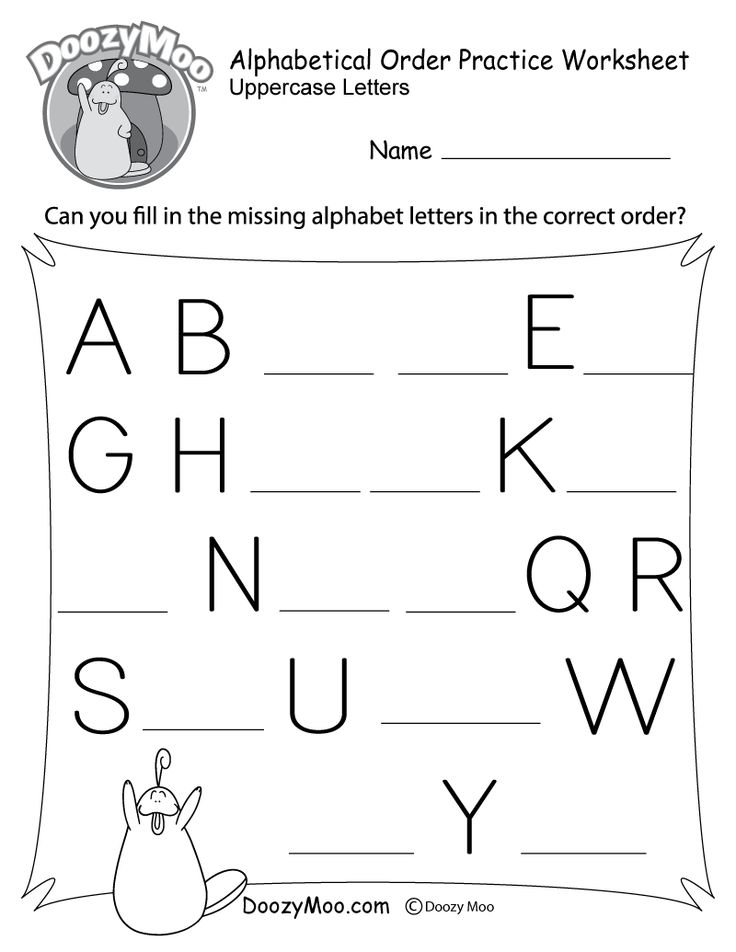 We loved reading all of them because they were different from each other. I found that around 18 months both my kids really started enjoyed reading alphabet books. Here are a few of our alphabet books:
We loved reading all of them because they were different from each other. I found that around 18 months both my kids really started enjoyed reading alphabet books. Here are a few of our alphabet books:
Here are some of our favorite alphabet books.
The Three Bears ABCChicka Chicka Boom Boom (Board Book)Eating the AlphabetThe Farm Alphabet BookG is for GoatHarold’s ABC (Purple Crayon Book)I Stink! (Kate and Jim Mcmullan)Bad KittyThe Letters Are Lost!AlphaOops!: The Day Z Went FirstZ Is for Moose (Booklist Editor’s Choice. Books for Youth (Awards))Q Is for Duck: An Alphabet Guessing GameABC T-RexWork: An Occupational ABC
2. Sandpaper Letters
Using sandpaper letters is a great way to introduce letters to children. My favorite ones are Didax Sandpaper Tracing Letters or School Supply Tactile Letters Kit. This is a perfect pre-writing activity because children use their finger to trace the sandpaper letters. I love that the cards tell the child where to start and which direction to go.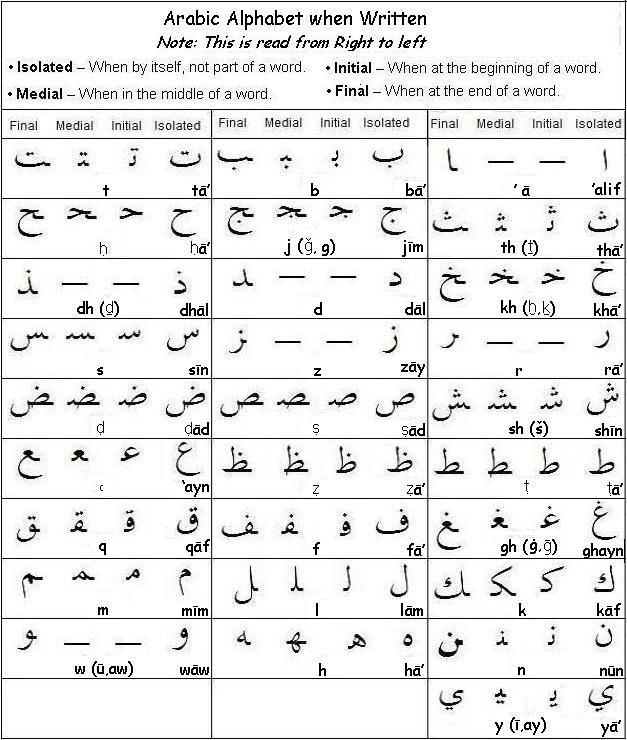
Sandpaper letters are part of the Montessori approach to learning how to read. These letters provide a tactile and visual way to help children learn the alphabet. In the Montessori method, you teach letters to a child in the 3-period lesson.
1st period is introducing the letter (“this is” period). Show your child the letters. Have them trace the sandpaper letters. The best way to teach children alphabet letters is by telling them their phonetic sound. So each time they trace the letter, say the phonetic sound.
2nd period is association (“show me” stage). Ask your child to follow simple directions with the letters. For example, please pick up the /m/ and set it by the window. Continue to do this with each letter several times to reinforce this. If it is too difficult, return to the first period.
3rd period is recall (“what is this?” period). Only go to this period when they’ve mastered the other two periods.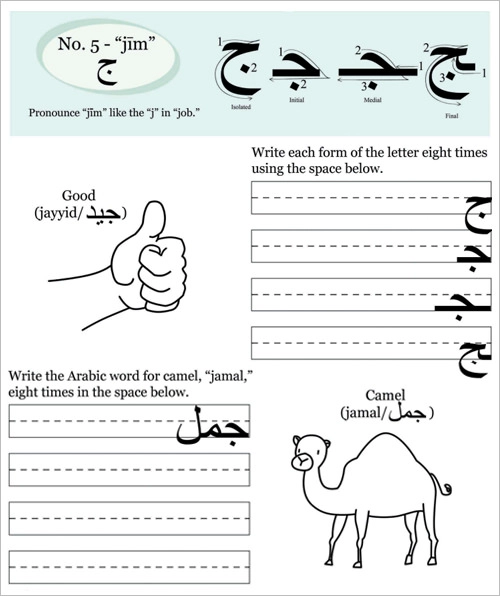 Put a letter in front of the child and say “Can you trace this and tell me what it is?” Continue with the other letters in the same way.
Put a letter in front of the child and say “Can you trace this and tell me what it is?” Continue with the other letters in the same way.
When you use these sandpaper letters, you are teaching them 3 things: the shape of letters, the feel of its shape and how its written, and how you pronounce its sound.
3. Alphabet Puzzles
I think teaching letters with alphabet puzzles are an amazing tool for teaching the alphabet. This is my favorite puzzle, from Melissa and Doug. It’s a beautiful wooden puzzle with neat pictures. This is a great way to practice vocabulary and verbal skills, too.
4. Sensory Activities
While some kids learn letters very quickly, others need more repetition and time to learn letters. I’ve always said that children learn best when they have many multisensory experiences with letters.
I love to incorporate sensory play into learning alphabet letters. When children have meaningful activities with repeated exposure, they start to pick up on letter names.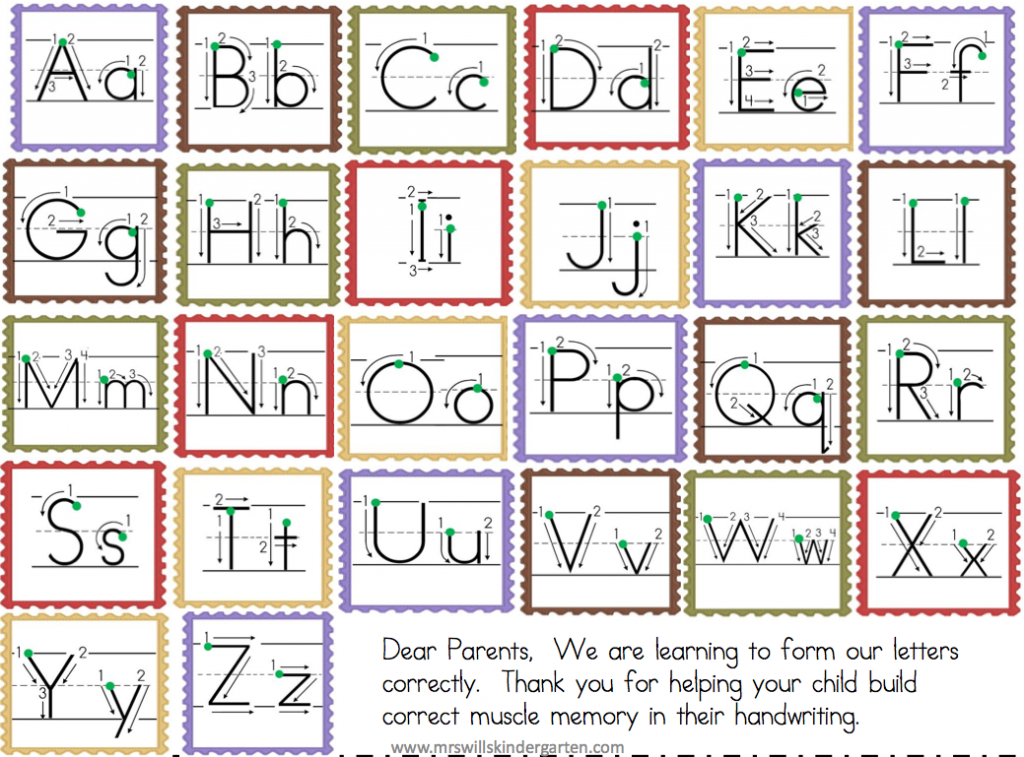 One way is this alphabet ice excavation activity.
One way is this alphabet ice excavation activity.
You could also make a colorful sensory bin!
Or practice writing letters in the sand, like this sensory writing tray.
5. Alphabet Printables
I have quite a few alphabet printables on my blog, but here is a set that is easy and fun for preschoolers. You will need Do a Dot Markers or dot stickers to fill in the circles.
I love pulling printables out for a quick and easy activity. I’m always advocating for hands-on learning, but sometimes it’s nice to do a few paper activities. Using Do a Dot markers or dot stickers is great for hand-eye coordination and fine motor skills.
If you’d like to download this printable, just click the button below.
Learning to write block letters of the Russian alphabet. Trainer
Electronic library
Raising children, today's parents educate the future history of our country, and hence the history of the world.
- A.S. Makarenko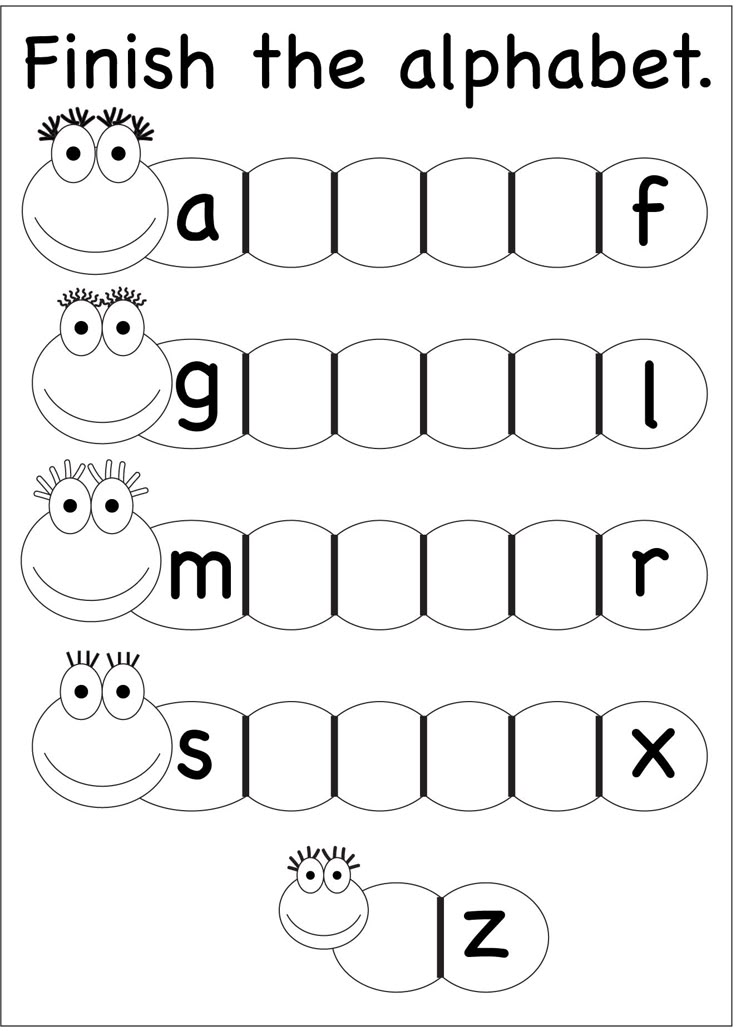
Learning to write block letters of the Russian alphabet. Trainer
- A
- B
- B nine0017 G
- D
- E
- Yo
- F
- W
- and
- Y
- K
- L
- M
- H
- O
- P
- R
- C
- T
- W
- F
- X
- C
- H
- W
- W
- b
- S
- b
- E
- Yu
- I
- Tasks nine0085
- Let's learn the vowels first.
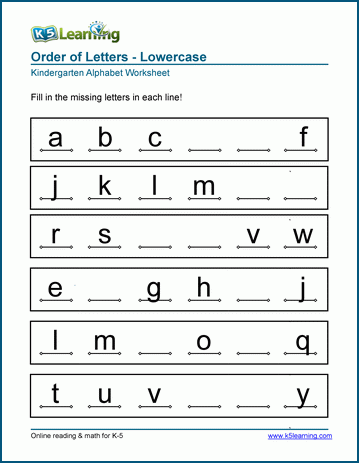 They are simpler and easier to pronounce and remember, at this stage of learning there are no problems even for children with speech disorders. Letters denoting the same vowel sound are recommended to be studied in pairs A - I, O - E, U - Yu, E - E, Y - I.
They are simpler and easier to pronounce and remember, at this stage of learning there are no problems even for children with speech disorders. Letters denoting the same vowel sound are recommended to be studied in pairs A - I, O - E, U - Yu, E - E, Y - I. - After vowels, we study consonants. The sequence of study does not matter. As a rule, the letter P and other letters, the pronunciation of which is still difficult for the baby, are studied at the end. It is not recommended to study paired consonants in a row (B - P, G - K, D - T, Z - C, V - F, F - W) - it is difficult for a child at this age not to confuse them by ear.
- There are different approaches to the order of learning the letters, so you can use another, in your opinion, the most acceptable variant of the sequence of letters. nine0018
- Practice with your child for no more than 15 to 20 minutes.
- When completing tasks, the preschooler should hold the pen or pencil correctly, without straining the fingers too much.
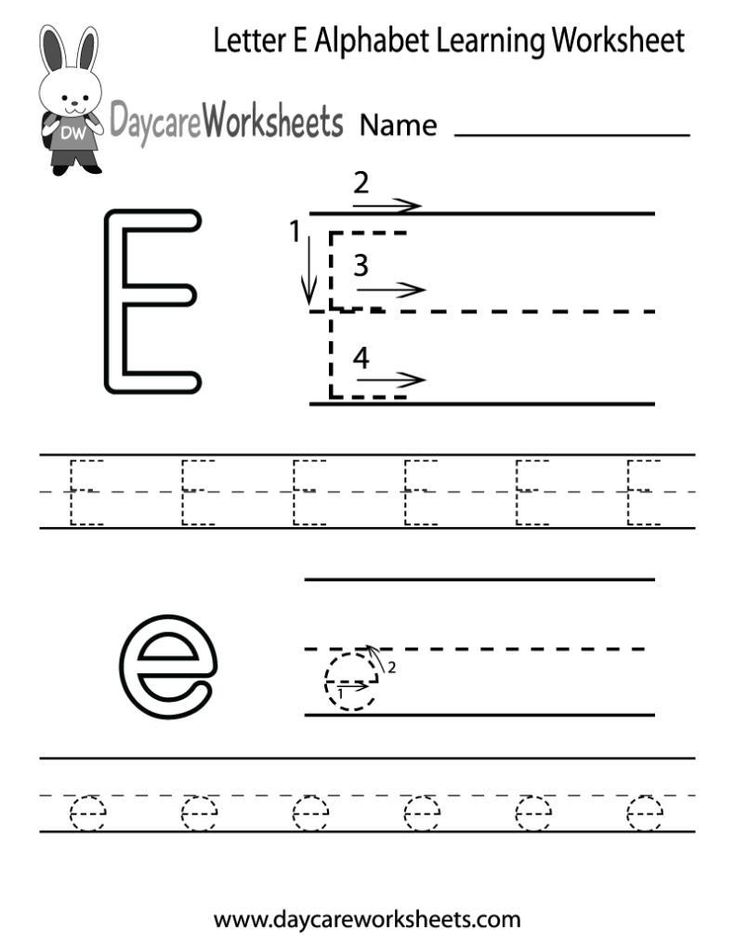
- It is very important to properly organize the child's workplace: be sure to pay attention to whether it is comfortable for the child to sit at the table, and also where the light source is located. For right-handers, the lamp should be on the left side, and for left-handers, on the right.
- Don't forget to praise your child, even if he doesn't do well on tasks. From classes, a preschooler should receive only positive emotions. This is a prerequisite for further successful learning. nine0018
- Remember that learning should be in the form of an exciting game. In no case should a child be forced to fill out prescriptions - this can consolidate an aversion to learning to read and write for many years.
- nine0131 Views: 609136
- Lego speech games
- Neurologopedic prescriptions.
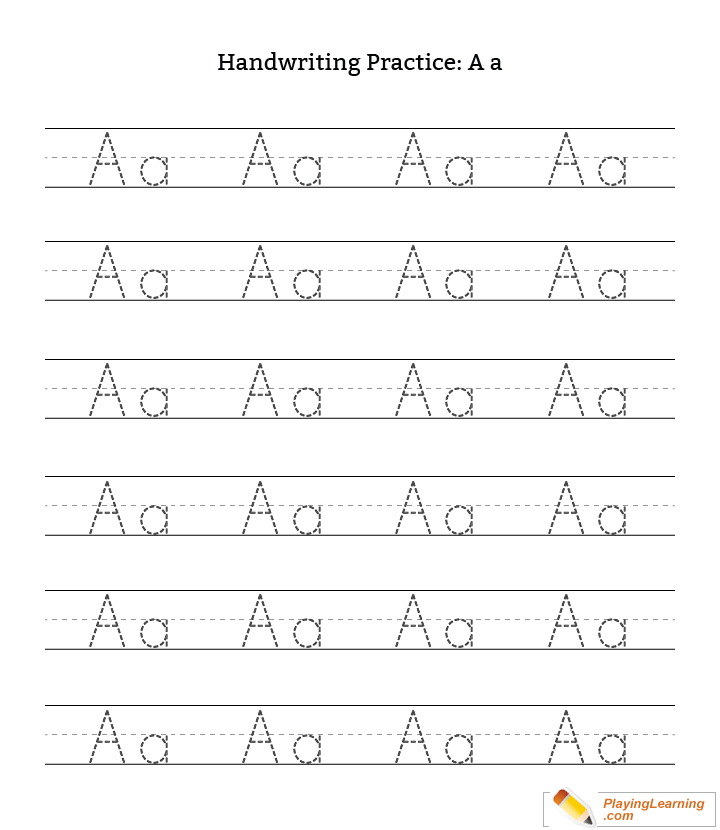 Learning to read and developing speech nine0018
Learning to read and developing speech nine0018 - Become a letter! Dynamic pauses in teaching literacy to preschoolers and younger schoolchildren
- Speed reading for kids and more
- All basic English vocabulary. Reference book in the form of memory cards
This section contains a simulator that teaches preschoolers 5-6 years old how to write the correct block letters of the Russian alphabet. The simulator consists of a collection of developing children's recipes, arranged in alphabetical order on colored tabs.
Red tabs contain copybooks for studying vowels, blue tabs for studying consonants, gray tabs for studying separating marks. The green tab contains developmental tasks and exercises for consolidating and practical application of writing skills in block letters. nine0003
The green tab contains developmental tasks and exercises for consolidating and practical application of writing skills in block letters. nine0003
Printing is part of learning to read and write early. This lesson develops attention, fine motor skills, graphic skills, promotes better memorization of the alphabet and improves literacy.
Performing developmental tasks and exercises, the child will get acquainted with block letters, learn how to write them, and also learn the Russian alphabet.
You can print as many copybooks as you need to repeatedly practice writing letters, reinforce your skills, and get a successful learning outcome. nine0003
Here various methods of teaching writing in block letters are proposed, which allows you to individually select the most suitable option for your child or put into practice all the proposed methods, making the learning process more interesting and varied for a preschooler.
Tips for working with spelling:
* Methods V.G. were used to create the simulator. Dmitrieva , O.S. Zhukova , M.O. Georgieva , M.P. Tumanovskaya .
Children speak
| “Will mothers give birth to boys? What are dads for then? - Timur, 3 years old |
Recommended
Prescriptions for children
| Preparing for school | |
| Hand development | |
| Teaching writing | |
| Interesting tasks | |
| Modern techniques |
New
Privacy policy
App Store: Alphabet, learn to write letters
Description
Let's start learning letters with the application "Alphabet, learn to write letters".
The app turns learning into a fun game where your little one has to guess what letter the animal's name begins with.
Playing "Alphabet, learn to write letters", the kid will not only learn the letters of the alphabet, learn the names of new animals, but also learn how to write the letters of the alphabet.
The game "Alphabet, learning to write letters" is included in the collection of children's educational games "Preschool education".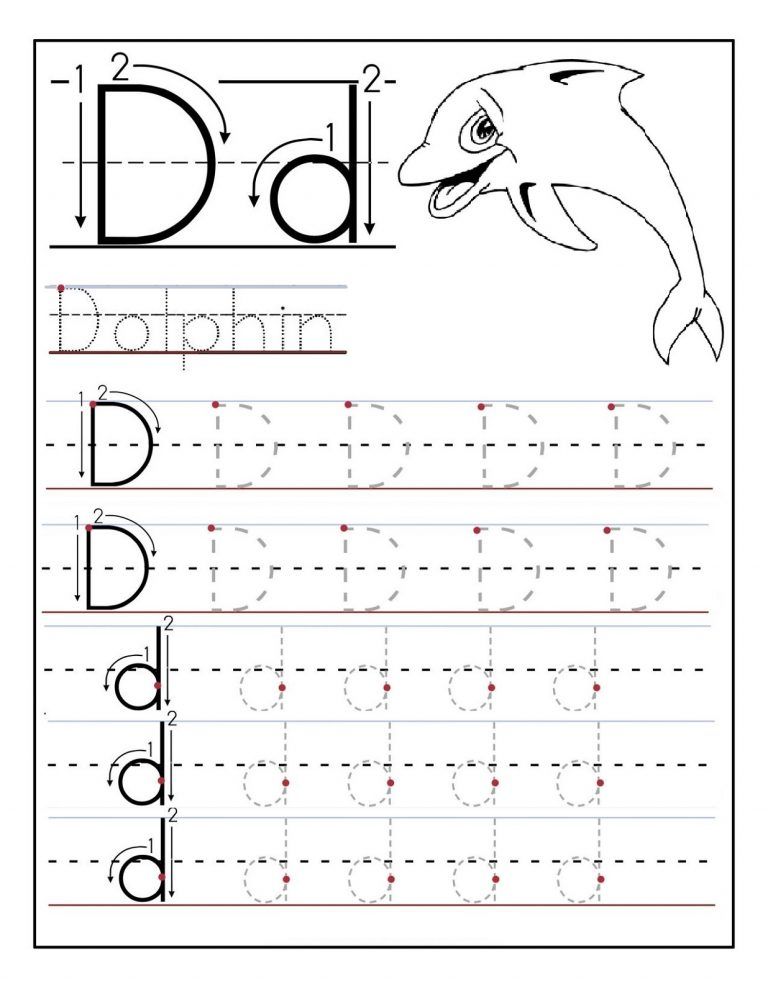 Download the full version of the Preschool app and get as many as 15 educational games. nine0003
Download the full version of the Preschool app and get as many as 15 educational games. nine0003
Version 1.0.2
Fixed minor bugs. Improved gameplay.
Ratings and reviews
Ratings: 107
Great
Very nice application. For kids who know the alphabet.
Updates
nine0222 The child loves to play this game, update the app to iOS11 please! And your other apps too!!!
Learn letters
The child likes it
Developer Vincent Herriau has not disclosed to Apple his privacy policy or his data practices.